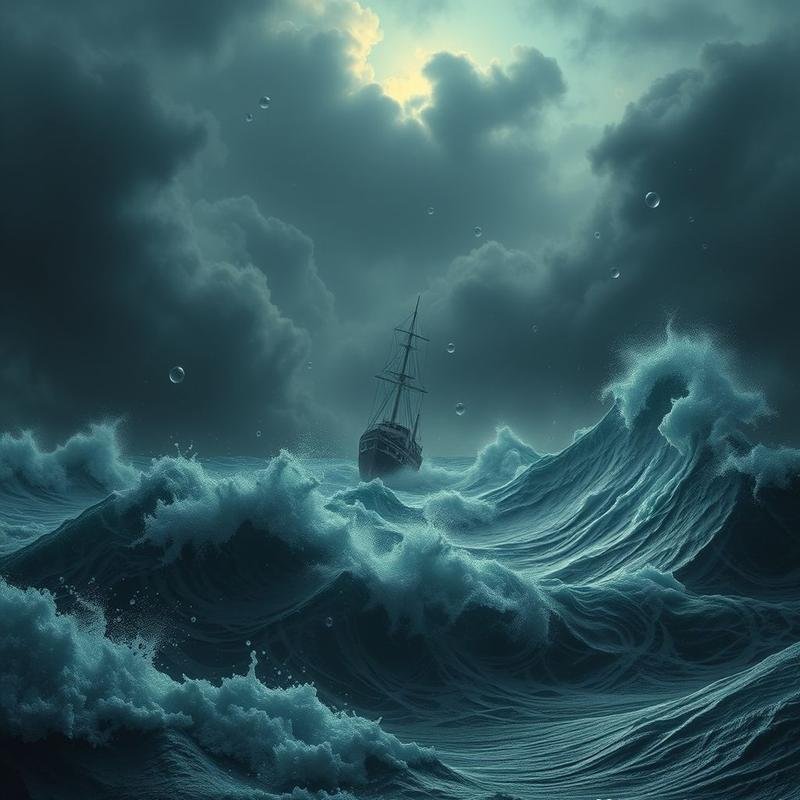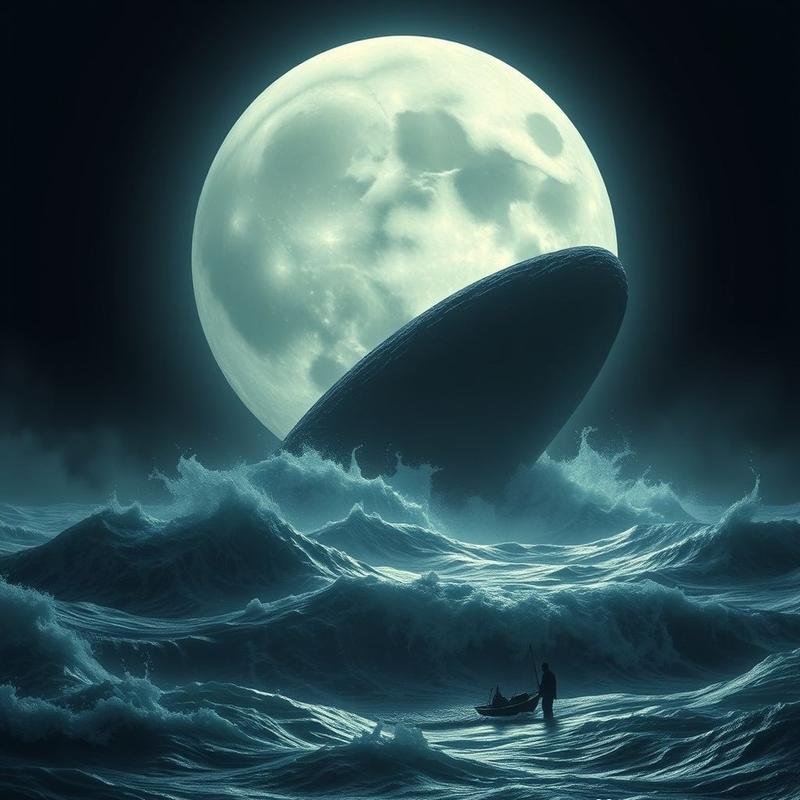The Devil’s Sea: Anomaly More Perilous Than the Bermuda Triangle?

Devil’s Sea: Japan’s Deadly Dragon’s Triangle Mystery
Off the eastern coast of Japan, a formidable maritime enigma persists: the Devil’s Sea, also known as the Dragon’s Triangle. This region is marked by the unexplained disappearances of vessels and aircraft, leaving behind a legacy of unanswered questions. Is this area simply a Japanese counterpart to the infamous Bermuda Triangle, or are there more profound and enigmatic forces at play, influencing the fate of those who navigate its waters?
The Enigmatic Devil’s Sea
The Devil’s Sea, centered around Miyake-jima Island, mirrors the Bermuda Triangle in its notoriety, having long been associated with unexplained disappearances that have instilled apprehension in sailors and aviators throughout history. However, unlike the Bermuda Triangle in the western North Atlantic, the Devil’s Sea is situated within a seismically and volcanically active zone, adding a further layer of complexity to the mystery.
Historical Accounts and Folklore
Historical accounts of the region’s unusual nature date back to the Middle Ages, with Japanese fishermen avoiding its waters due to fears of sea dragons and malevolent spirits believed to inhabit the area. Japanese folklore speaks of Ryujin, a colossal sea dragon and dragon god residing in an underwater crystal palace, who is said to stir the ocean into turmoil and drag ships into the depths. Legends suggest that Ryujin demanded human sacrifices, or else he would unleash violent storms and towering waves.
One of the earliest texts referencing this region is the Nihon Shoki, the second-oldest book of classical Japanese history, dating back to the 8th century AD. This text describes unusual maritime occurrences attributed to supernatural forces. Further adding to the lore are scattered references in Japanese folklore to Umibozu, massive sea spirits that appear on moonlit nights and capsize ships. Whether these legends originated from mere fantasy or were based on observations of peculiar natural phenomena, such as rogue waves and sudden storms, remains a subject of speculation.
Modern Disappearances and Investigations
In modern times, the disappearances in the Devil’s Sea have taken on a more alarming dimension. In the 1950s, the Japanese government dispatched a scientific research team aboard the Kaiyo Maru No. 5 to investigate the phenomenon. However, the ship vanished with its 31-member crew, sparking widespread concern and reigniting ancient legends. This tragedy prompted the Japanese government to designate the area as a danger zone, advising ships to avoid it.
Another notable incident involves the disappearance of several U.S. military aircraft during World War II. These planes, conducting routine missions over the Pacific, vanished without sending any distress signals. Whether this was due to the intense military activity in the region during the war or to unusual weather conditions and magnetic anomalies remains a matter of debate.
Scientific Explanations
Scientists have proposed several scientific explanations to account for these enigmatic phenomena. One possibility lies in the region’s volatile weather patterns, where calm seas can rapidly transform into violent storms. These storms, often accompanied by rogue waves, can overwhelm smaller vessels and endanger aircraft.
Volcanic Activity
Volcanic activity is another significant factor. The Devil’s Sea is located along the Ring of Fire, a seismically and volcanically active region encircling the Pacific Ocean. Underwater volcanic eruptions can trigger tsunamis and release large quantities of toxic gases, such as hydrogen sulfide, which can suffocate sailors and impair aircraft instruments. Volcanic ash can also disrupt aircraft engines and reduce visibility, increasing the risk of accidents.
Magnetic Anomalies
Magnetic anomalies present another potential explanation. Some scientists hypothesize that distortions in the Earth’s magnetic field in this region could interfere with navigation equipment, causing ships and aircraft to deviate from their intended courses. These anomalies could be caused by the presence of magnetic minerals on the seabed or by strong electrical currents in the atmosphere.
Devil’s Sea vs. Bermuda Triangle
A comparison between the Devil’s Sea and the Bermuda Triangle reveals both similarities and differences. Both regions are known for unexplained disappearances and are associated with compelling myths and folklore. However, there are fundamental distinctions. The Bermuda Triangle is characterized by strong ocean currents and complex geological formations, while the Devil’s Sea is distinguished by intense volcanic and seismic activity. In the Bermuda Triangle, various theories attempt to explain the disappearances, including the methane hydrate theory, which suggests that methane bubbles rising from the seabed can reduce water density and cause ships to sink. Other theories focus on weather-related factors, such as severe storms and tropical cyclones.
Conclusion
Ultimately, the Devil’s Sea remains a perplexing enigma. Whether this region is simply subject to harsh natural conditions or whether other, less understood forces are at play remains an open question. Whether the ancient Japanese legends of sea dragons are mere fables or reflect a deeper, yet-to-be-comprehended reality is also a matter of ongoing speculation.
As we continue to explore the vast oceans, it is important to remember that there are regions that still hold their secrets, reminding us of the limitations of our understanding in the face of the power of nature and the enduring influence of deeply rooted myths. History is replete with mysteries awaiting resolution.
Video







